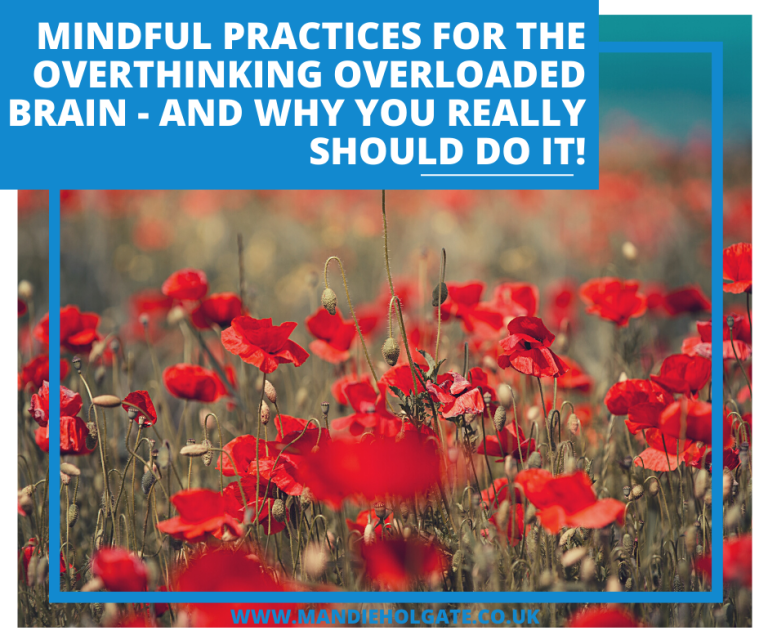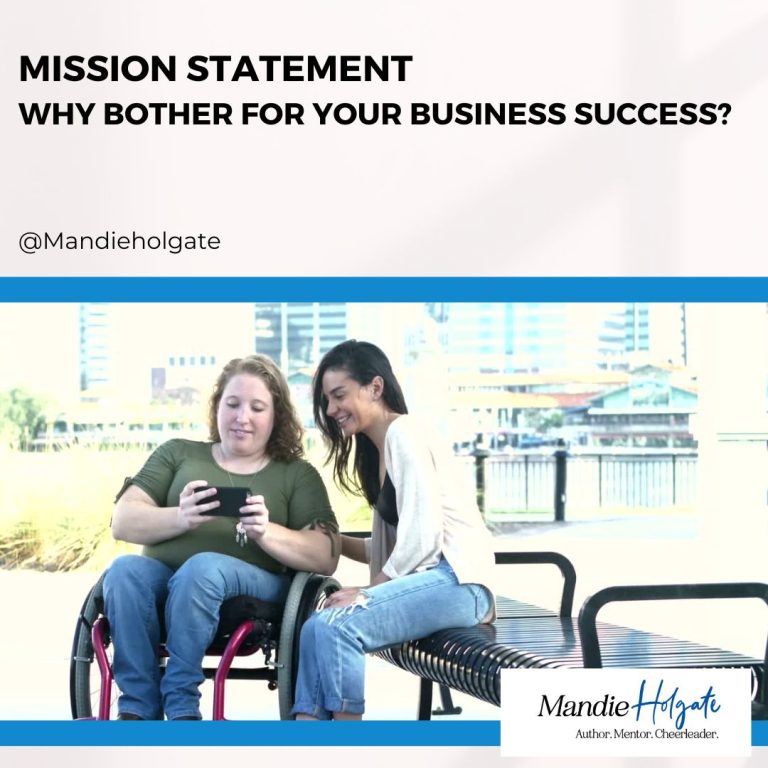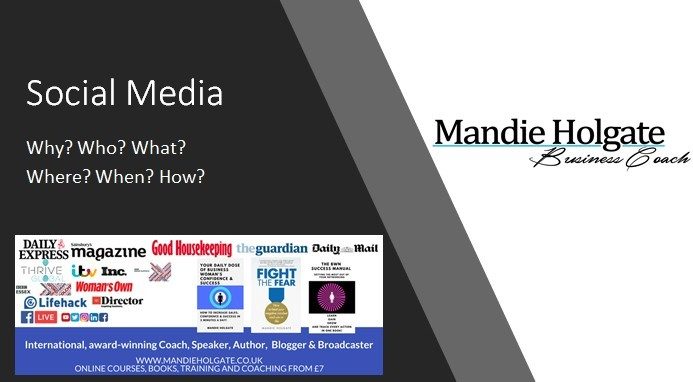How to turn conversations into customers
Have you ever walked away from conversations thinking “Why didn’t I say that!”? or found that you lose your true voice when talking business or waffle on and then think “Why did I say that!” or that you wish the ground would swallow you up when asked “what do you do?” or “speak for 60 seconds about your business”? Do you struggle to find the right words to turn a conversation into a customer? 
Communication can be incredibly powerful for enabling a contact to turn into a client. In this article, I would like to share with you 8 top tips to be a compelling, confident communicator that does not fear the competition and can speak powerfully to anyone, anywhere.
I see people in business make fatal errors in the way they communicate, when I host a training session on this Conversations into Customers topic I often get them started with the simple question “What do you do?” Because unless you can tell someone what you do in less than 20 seconds, you risk not engaging with that new connection. Ideally, if you learn this skill and the science behind what could be powerful for you to say, people will be saying things like “that’s interesting, how did you get to that? or “How does that work, tell me more?
Top Tips to turning conversations into customers;
- Your perception of reality Before we even look at what you say and how you say it you need to appreciate your own perception of the world around you. Because your perception of reality will differ from anyone else’s, when I present this topic as a speaking engagement I will often the audience to describe the room to me in one word. There are always various words called out, rarely any two the same and they can range from descriptions of the decor to comments on its cleanliness and the height of the ceilings to the temperature and comments on the people in the room. This showcases to people that what we think everyone else is concentrating on is rarely the same as us.That’s because we forget that our perception of reality is different to everyone else’s. Our brains filter out information. Our eyes have millions of rods and cones in them that help us created our image of the world around us, and research has proved that while we used to think that we only saw what we needed to see, studies tell us that our brain see’s everything but only gives us the information that it feels is relevant to us. And your perception of reality that your brain brings you is distorted in part by your beliefs and experiences in life.
- Hot Buttons. By knowing what your hot buttons are you can ensure that
 you control the way you communicate around these areas. What things get you riled up? What do you have definite opinions on? What are you passionate about? Imagine you are speaking with someone at a networking event or party and you are passionate about exercise and healthy living, what you don’t know is the person you are talking to has just lost a loved one at a very young age and they too had been keen on health and fitness. How well do you think you are likely to connect on a level that allows the conversation to progress from the shallow to the deeper level of connection if you speak passionately about this topic? Our passions are our passions, not necessarily everyone else’s, so as my Hubby’s Teacher used to say “Wind your neck in” ie, great you’ve got an opinion, now stop force feeding it to everyone else. Don’t get me wrong passion is essential for your personal and professional success, however, expecting another to feel as passionate about it as someone else can lead to alienation. (And that bored look!) And that is not good for powerful conversations.Take a moment to write them down.
you control the way you communicate around these areas. What things get you riled up? What do you have definite opinions on? What are you passionate about? Imagine you are speaking with someone at a networking event or party and you are passionate about exercise and healthy living, what you don’t know is the person you are talking to has just lost a loved one at a very young age and they too had been keen on health and fitness. How well do you think you are likely to connect on a level that allows the conversation to progress from the shallow to the deeper level of connection if you speak passionately about this topic? Our passions are our passions, not necessarily everyone else’s, so as my Hubby’s Teacher used to say “Wind your neck in” ie, great you’ve got an opinion, now stop force feeding it to everyone else. Don’t get me wrong passion is essential for your personal and professional success, however, expecting another to feel as passionate about it as someone else can lead to alienation. (And that bored look!) And that is not good for powerful conversations.Take a moment to write them down. - Confidence. If you want to turn conversations into clients you need to boost your confidence. And first things first I want to teach you is the scariest word in the world. Showcasing how to devalue the pain that this word can mean to us is often carried out by encouraging people to get into pairs and take in turn to just say No over and over to each other in different styles, with different tonality and in different speeds. What this does is enable people to see how much gravitas people give to this word. You see in your professional life so many people hear no and instead of hearing two letters they hear something like “No, go away we hate you and never darken our doorstep again.” or “No you smell.” The word has had a strong meaning to us since we were born, and so for many we still have in built conceptions about what that no is saying to us. It can seriously damage your ability to communicate powerfully if you are expecting a no, and cant’ handle that. Take the fear out of that word.
- Turning a no into a yes exercise. Take a piece of paper and create this table. Write a long list of the reasons people say no to you. Now the way to make this exercise powerful is instead of you replying, think of the client that loves everything you do, never pays late, recommends you to their friends, etc etc, they know why they buy from you and that information is powerful to your communication.
What reasons do people give for saying No? Perfect Client What would your perfect client say in reply to this No?
(Not what you would say)
Too expensive You won’t regret spending a penny because this works? I don’t have the time Making the time to do this will save you thousands in the no time and could increase profit. Look through your table, what pain and pleasure words have you created. If you have bought a course recently you will have received the free gift with 111 pain and pleasure words that can make your communications and marketing more powerful. This above exercise will help you to start to create that list. Knowing the powerful words for your target audience is critical to knowing how to engage powerfully.
- Find your true voice I often hear people use my words and phrases and it sounds a little daft. They copy me word for word and it sounds wrong. Why? Because when I’m speaking I am known for being bouncing across the stage, acting and inspiring (Think Tigger on Redbull powered by Duracell) I do have a lot of fun and get the audience, not ly involved, but engaged and thinking due to my laid back style. As such I communicate in a certain way. Someone who is very serious, or who lacks confidence is going to not connect with their target audience with my style, and vice versa. You need to appreciate what do you stand for? What do you want? What is your mission statement? What is our ethos? It doesn’t have to be the same as other people. And by finding your true voice, talking about what matters to you, you will build confidence in yourself because you will naturally be attracting your target audience. Showcasing what you are passionate about enables others to experience that passion too. Just remember to wind your neck in at the right time!
- Listen. There are many benefits to this, however, the 2 that we will look at today are that 1) It enables
 the person you are talking to feel respected and cared for. And by making someone feel like this you can start to build rapport. 2) You get powerful clues on what to say to power up the conversation. For instance, if someone speaks in detail you will know that this matters to them (so in an email, later on, to follow up ensure you get grammar correct, no apostrophes where they shouldn’t be or mixing up your there, their, they’re! It also enables you to use their own words in the conversation too which not only builds rapport it is also a form of mirroring. Let’s look at that more…
the person you are talking to feel respected and cared for. And by making someone feel like this you can start to build rapport. 2) You get powerful clues on what to say to power up the conversation. For instance, if someone speaks in detail you will know that this matters to them (so in an email, later on, to follow up ensure you get grammar correct, no apostrophes where they shouldn’t be or mixing up your there, their, they’re! It also enables you to use their own words in the conversation too which not only builds rapport it is also a form of mirroring. Let’s look at that more… - Mirroring Powerful body language to connect is not just about body language. Matching someone speed of communication and utilising on their words will also help you connect on a deeper level. Just remember if you overdo this it can feel creepy. Not sure your natural speed of communication? While it can differ on whom you are talking with, you will have a natural style and become aware of this you will be able to note when you may need to speed up or slow down. If I use my normal voice (for instance) which is quite fast, full of gestures and energy and passion, and I’m communicating with someone who clearly lacks confidence, could be shy and have fears that they wish to speak with me about, if I use my natural way of communication, I’m likely to make that person feel like a bunny trapped in headlights. I need to slow it down, speak quieter and give that person lots of space to speak at the space with their own thoughts. So consider your natural style and how this could impact on powerful communications? By using Top tip 6 and 7 this is not only powerful face to face you can then ensure that this is someone who could be an awesome client for you that you utilise that style of communicating in your online communications too. Would it work in your marketing because this is a style that you note applies to a lot of your clients?
- Ask for it. Lastly, something I think many people are scared to do (in part due to top tip Number 3) is asking for what they want. I appreciate its scary to do because what if they do say No? The thing about No’s is they give you powerful information for your marketing and to gain other clients. No is “rarely no thank you go away”, it is often “no thank you we are too busy with this, could you contact us in 6 months”, or “no we’ve happy with our current supplier” (that again was not a no forever, your competitor may make a mistake and then if you’ve communicated powerfully with them they may give you a chance) By appreciating that no’s are fountains of knowledge in disguise you can learn what leads to a yes. And this doesn’t
 mean hiding behind copious mountains of email! Pick up the phone, arrange a meeting, be concise, be honest, and ask for it. If you have qualified the person you are speaking to and you know they want what you do if you have used the powerful language and you have listened one thing that people are very good at not doing is asking for what they want. If you don’t want to do this, try asking in different ways to people you know will give you an honest answer on your style of communication. For instance, on the Insiders (a group I vigilate and coach its members on confidentially) you could trail the way in which you ask. ie “We’ve noticed you use X, did you know there is a way of making these that stops you getting that problem you are getting here? Could that be interesting to you?” or “Do you use x in your business, is it something you could see yourself trialling?” Trial different questions and see what feels comfortable, however, be confident to ask for what you want, the no’s lead you to the yes’s with the right language.
mean hiding behind copious mountains of email! Pick up the phone, arrange a meeting, be concise, be honest, and ask for it. If you have qualified the person you are speaking to and you know they want what you do if you have used the powerful language and you have listened one thing that people are very good at not doing is asking for what they want. If you don’t want to do this, try asking in different ways to people you know will give you an honest answer on your style of communication. For instance, on the Insiders (a group I vigilate and coach its members on confidentially) you could trail the way in which you ask. ie “We’ve noticed you use X, did you know there is a way of making these that stops you getting that problem you are getting here? Could that be interesting to you?” or “Do you use x in your business, is it something you could see yourself trialling?” Trial different questions and see what feels comfortable, however, be confident to ask for what you want, the no’s lead you to the yes’s with the right language.
So remember to remove the fear from the word No, build your confidence (and if that is still tricky I’ve a course that you can work on at your own pace to help boost yours, learn more here) appreciate your perception of the world and how it could impact on conversations, learn to listen powerfully and mirror other people in tonality, words and speed. Get over your fear of asking for it (which is probably connected to your fear of what they may think – both of which are covered in my new book Fight the fear – how to beat your negative mindset and win in life.) And if you want to know if you are winning on this. Use the pain and pleasure power words from your list or the gift I give with every course to create a powerful sentence that trips up so many people….”What do you do?” Feel free to share what you decide on my social media. And if you are bit scared to do that, why not post on the Insiders for a bit of confidential feedback? And if the confidence is rocketing, what about sharing on Facebook live!
How to turn Conversations into Customer
Notes;
Compelling, confident and capable speaker
Why didn’t I say that?
Why did I say that?
Or what did I say!
Simple questions can be a mine field. What do you do? And you ramble on for five minutes instead of reply that in 20 seconds gets them interested enough to want to know more.
First we need to consider not what we say but how we see the world
Pee forget our perception of reality is different to everyone else’s.
Brains filer out information.
Millions of rods and cones, research proved that we used to think our brain only saw what we needed to see in actual fact the brain sees everything and filters out what it thinks is not relevant.
Need a pad, meeting at one, next thing you know you are spotting gorgeous shoes
What does that have to do with powerful communications? Your perceptions are distorted by your beliefs and experiences and values
So realities differ.
Hot buttons. What riles you up? What are you passionate about? What do you have definite opinions on?
Being aware of your views on everything from Family, friends, sex, to business impacts on how you communicate.
Exercise – you love others hate.
Moment to write down what you think they may be. Need some help?
Next lets look at how to feel confident. Let’s look at the most scariest word in the world. No I want to de-fear you to this word because its part and parcel of running a business.
Get in pairs and say no – How did it feel?
Lower the fear factor. How to turn a no into a yes. This helps you find your pain and pleasure power words – my course for 111 of them These need to feature in your marketing and conversations.
Find your true voice – don’t say other peoples words, I hear people copy me word for word and it sounds daft. Find your own voice. What do you stand for? What is your mission statement? Know your values?
It doesn’t’ have to be the same as other people. By talking about what matters and using your true voice not only will you gain your own following which boosts your confidence you will natural attract the right target audience too.
Listen – 2 reasons – 1 gives respect and shows you care 2 powerful clues on what to say to power up your conversation.
This enables you to mirror body language with their words.
Adjust the speed you speak at. In pairs speak fast and slow – how did it feel?
Trial the speed you speak and be aware of other peoples choice of speed, pace, tonality.
Use in marketing and if someone likes detail in conversation be aware of that for your emails – you don’t want to get your there their and they’re mixed up and risk alienating them.
Ask for what you want. Women don’t ask for what they want.
Trial how you say it. The insiders is a great place for this.
How can I help you further.






